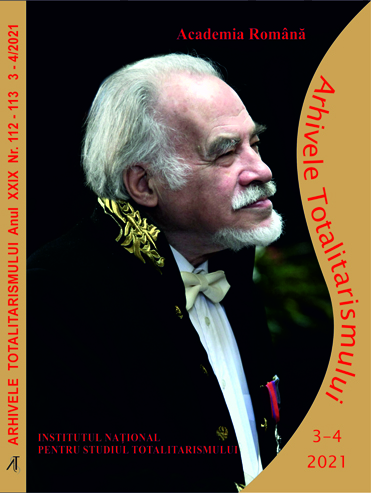Istoria României şi problemele Basarabiei şi Transilvaniei în manualele şcolare sovietice, 1967-1968
The History of Romania and the issues of Bessarabia and Transylvania as tackled in the Soviet handbooks, 1967-1968
Author(s): Dan CătănuşSubject(s): History, Political history, Recent History (1900 till today), Special Historiographies:, Post-War period (1950 - 1989), History of Communism
Published by: Institutul National pentru Studiul Totalitarismului
Keywords: Soviet historiography; Romania; Bessarabia; Transylvania; WWI;
Summary/Abstract: Romanian Communist national policy at the beginning of the 1960s brought to light serious divergencies with the dominant power, the Soviet Union. That meant also the different interpretations of moments/events in the history of Romania related to the existing borders.In 1968, Romanian diplomats in Moscow drew attention to the fact that Soviet handbooks and history journals presented Romanian participation in WWI as „imperialist”. Moreover, the union of Bessarabia, Transylvania and Northern Bukovina with Romania in 1918 were seen as consequences of the Romanian military occupation, not a result of the will of the local population. According to the Soviet interpretations, the Entente recognized the union as a reward for Romania’s active involvement in the fight with Soviet Russia and Soviet Hungary. This article highlights the differences in historical approaches of the two countries. While the Soviet historiography perpetuated the old Comintern theses, drafted at the beginning of the 1920s (in use until the collapse of the Soviet Union), in Romania, the trend in historiography favoured a return to the classic bourgeois interpretation of the national history.
Journal: Arhivele Totalitarismului
- Issue Year: XXIX/2021
- Issue No: 3-4
- Page Range: 80-92
- Page Count: 13
- Language: Romanian
- Content File-PDF

